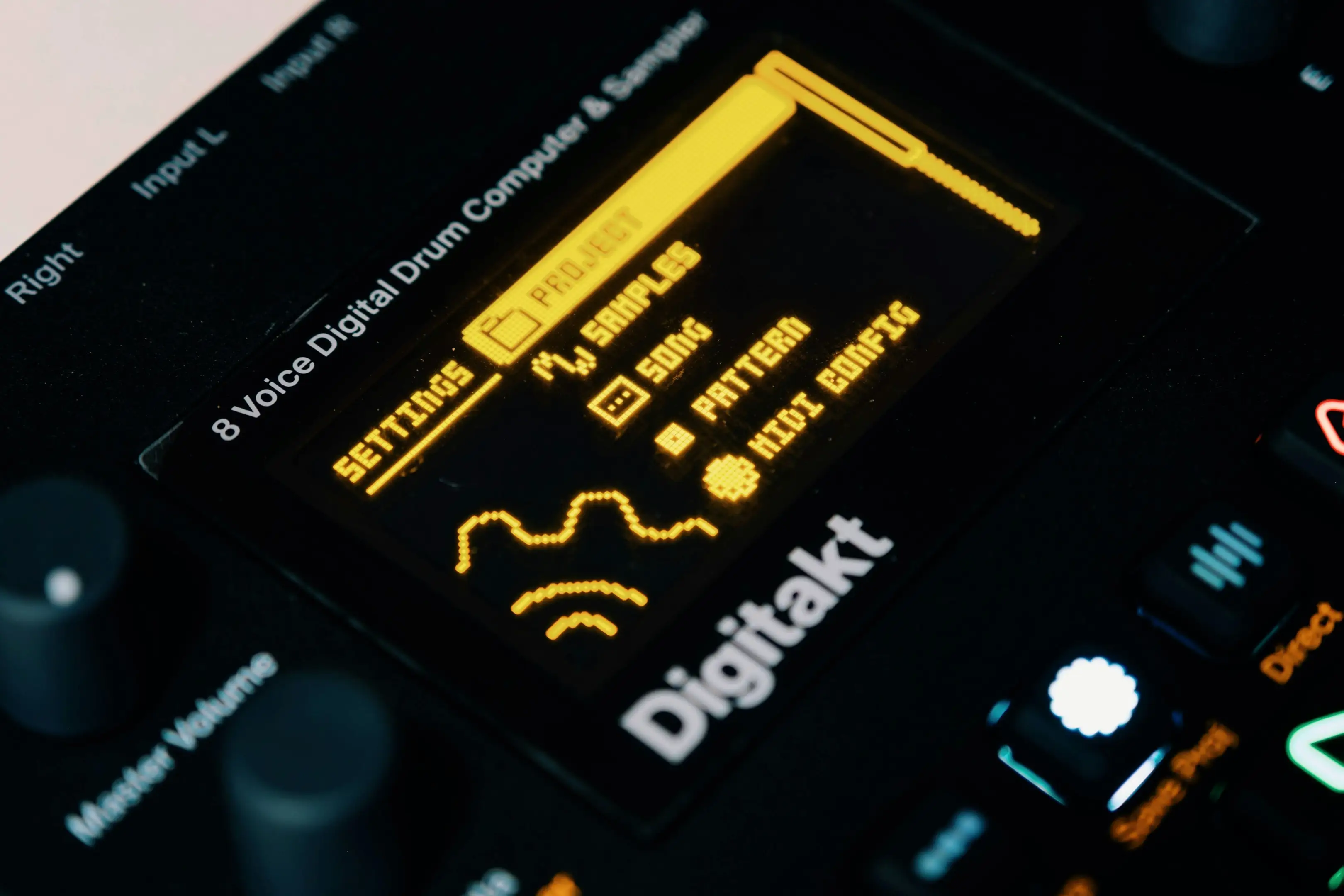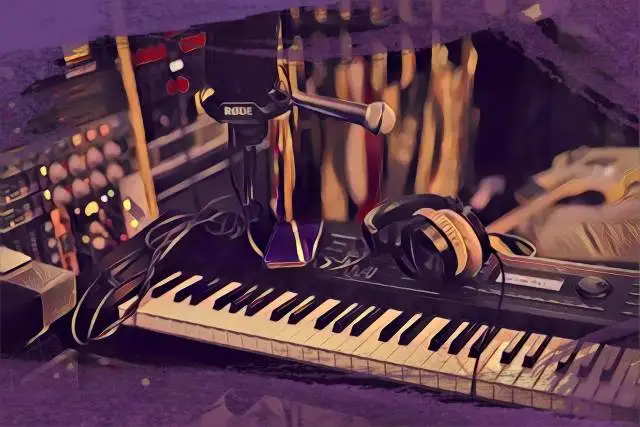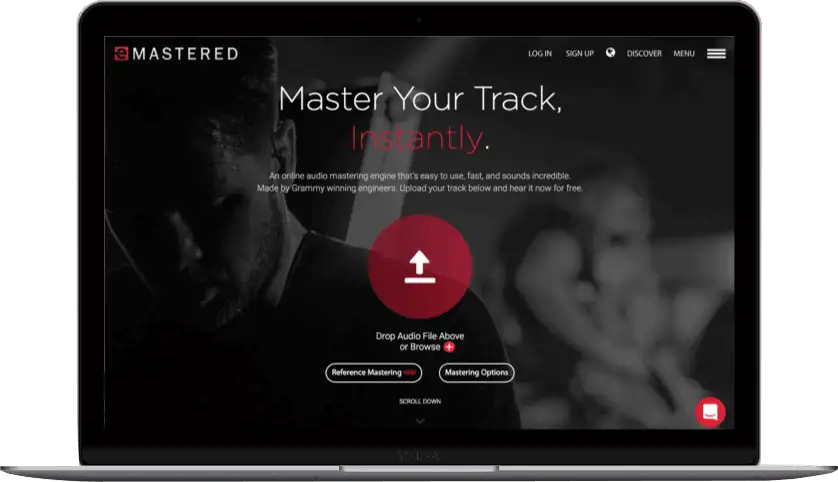Sampling is one of the best ways producers can insert personality into their work. In today's world of music production, there are multiple subsets of samples commonly used by producers and beatmakers. One of these categories is called "one shots".
One shots are perfect for adding energy and excitement to your music, keeping listeners engaged in your work. Below, we'll explain what one shots are and provide some strategies for incorporating them properly into your music.
What is Considered a One-Shot?
In simple terms, a one-shot is a sample or sound effect. These samples are self-contained and are used to provide texture or emphasize certain beats or lyrics to a song. This is in contrast to loops, which are samples that are meant to be drawn out and played repeatedly over the course of a song.
This is not to say that one-shots cannot be repeated throughout a track (they often are), but this sample type is designed to be brief and stand out against the backdrop of your beat.
What are One Shots Used For?
One shots are single hit samples made to add texture, emphasis, or an element of surprise to your compositions. For example, in M.I.A.'s hit Paper Planes , the one shot sound effects in the chorus are incredibly startling upon first listen:
But once you dig deeper into the concepts behind the song, the one shot samples truly add character and context to some of the lyrics. While they are startling, they are equally responsible for why this hit song is so memorable.
One shot samples provide producers with the opportunity to test out little moments of sound design, which can be great for emphasizing a lyric, creating a memorable moment, or surprising the listener by toying with his or her expectations of what's to come.
One Shots Versus Loops
The main difference between one shots and looped samples is the way in which they take up space. Loops are designed to be part of the central backbone of the song, as the name suggests, repeating regularly over the course of a track. They function more like another instrument or voicing.
On the contrary, one shots are more sporadic, making them great for creating moments of ear candy, excitement, or calling attention to a particular location in your song.
You can definitely use both loops and one shots in your music, but by definition, one shots are more sparse and are therefore more likely to stick out in your mix.
Examples of Songs with One Shot Samples
To understand the impact of one shots, we have to take a look at the big picture. Here are some famous tracks you might recognize that incorporate one shot samples into their compositions:
Rock the Casbah by The Clash
This classic track benefits from the use of one shot laser and Nokia phone samples in the second verse, differentiating that section from the rest of the song. One shot samples aren't exactly the norm when it comes to rock music, which is part of the reason why this song stands out in such an interesting way:
Hearts on Fire by Cut Copy
Much like the electronic group Justice, this indie dance pop classic gets its catchy chorus riff from the call and response between spoken and vocal one shot samples:
Walkman by Sebastian
If you're into music with lots of detailed sound design and creative use of one shots, look no further than electronic dance production legend Sebastian. Songs like Walkman demonstrate how a one shot sample can be used to break up repetitive sections and add interest to the mix:
Where Can I Get One Shots for my Beats?
Not sure where you can find one shots for your tracks? Here are a couple of sources to consider:
Sample Libraries
There are plenty of ever-expanding sample libraries and complete packs sold by individual musicians that can make excellent sources for one shot samples. You can try out a service like BPM Create, or buy packs from individual creators on markets like Beatstars.
Free, Open-Source Libraries
There are a number of free sound libraries where users upload field recordings, sounds from their daily lives, or simply just sounds they've created in their own DAWs to share with other audio enthusiasts. Some of these websites include Freesound.org or SampleFocus.com.
Keep in mind that each page may have different rules when it comes to fair use and attribution of the sample towards the original creator. Make sure you read the license agreement for each sound you download to ensure that it's fair game for use in your track.
Make Your Own
One of the best parts of incorporating samples into your music is that a single hit can tell a short story about who you are or what you're trying to portray as an artist.
For example, you can record voice memos on your phone and then incorporate those sounds into your track as one shots. Plugins like Life by XLN Audio can help you quickly transform voice memos into samples, or you can simply drag raw audio into your DAW and edit it yourself.
Another creative idea is to sample some of your existing works and use them as one-shots in future songs, so long as you have full copyright permission.
Just make sure that if you incorporate a one shot of someone speaking into your track, the person is aware that you're using them within the context of a song. Homemade one shots can add a lot of character to your song, but you want to make sure they're used ethically.
Stock Samples
Don't forget that your DAW likely comes with plenty of samples and loops that you can create one shots with.
In Ableton Live, you can use the included stock interfaces like Sampler to quickly edit one-shots as you see fit. Fruity Loops has FL Sampler, Logic Pro has Sampler, and while Pro Tools doesn't come with a sampler by default, you can certainly use third-party plugins to bring your samples to life.
Some popular sampler plugin options include Native Instruments' Kontakt, Arcade by Output, or Serrato Sampler.

6 Methods for Editing Your One Shots
While sound selection is the most important aspect when it comes to picking out one shots for your beats, don't forget that you can take it a step further and edit those samples before incorporating them into your creations. Here are a couple of methods you can use to spice up your one shots in a mix:
Pitch
In my opinion, one of the most fun ways to play with one shots is to alter or automate pitch over time. You could even process a one shot through a send channel, applying only pitch effects through that send and return for an interesting effect. If you don't know how much to pitch your sample up or down, start with an octave above the tonic of your composition's key, or up twelve semitones.
Volume Envelopes
A slight fade in and fade out might help your song's use of one shots blend more seamlessly with the rest of your mix. It's important to check the volume of your one shot sample relative to the rest of your mix: since one shots all come from vastly different sources, knowing how much volume you're adding is key to set the mix properly.
Reverb
This processing method is fairly self-explanatory, but reverb can provide a wider representation for your one shot as well as provide a more subtle delivery within your mix which may be more preferable depending on what you're going for.
Delay
Delay can give your one shot a rhythmic element and give it more of a lasting presence in your track. Just be mindful that spatial effects can easily muddy up with too much low end, so it's a good idea to EQ out any problem frequencies before running through this effect.
Doubling or Stacking
Remember that you can stack your one shot samples on top of one another as you would with any other audio clip. Experiment with stacking a pitched one shot with the original one shot, or having a stack that's ever-so-slightly out of time for a chorus-like doubling effect.
Panning
It can be super fun to hard pan your one shot samples to the left or right, creating a widening experience. You can also try automating your one shot to move slowly from the hard left to the hard right and vice versa.
Where Should I Place One Shots within my Beat?
There are no hard and fast rules as to where you place a one shot within your beat. Maybe you have it run alongside a corresponding lyric to emphasize the emotion of that lyric, or perhaps you sprinkle it far back in the mix to add a little bit of additional texture. If you're completely lost as to where to test out your sample, start by putting on the beat grid lines within your digital audio workstation.
Placing your samples on a rhythmic timeline, such as quarter notes, eighth notes, and sixteenth notes is a great place to start. Keep in mind that beats 2 and 4 in common time are particularly groovy, making them a great place to accent with a sample. You can also move your samples ever so slightly off the grid to create more of a syncopated expression.
How to Clear One Shot Samples for Use In Music
As you might imagine, many one shot samples are sourced directly from other songs or reference other famous moments in pop culture. The main difference between these types of one shot samples and the categories we described above is that you must obtain a sample clearance for any one shots that were derived from copyrighted material.
Even though a one shot is designed to be incredibly short in nature, even just using a couple of seconds of copyrighted material without permission leaves you liable to legal consequences. If you want to use a sample that comes from another song, legally, you must reach out to the copyright publishing and master rights holders and secure a deal.
Anecdotally, there are plenty of small artists who utilize samples without proper clearance, but if you do so, you're basically running the risk of the lack of clearance being contested.

One Shots are Fun Tools for any Genre of Music
One shots are undoubtedly an absolute blast and can spice up any bland beat. You might think of hip hop initially when it comes to incorporating samples into your work, but the truth is that almost every genre of music incorporates samples into modern beats.
Experiment, edit, and play around with one shot placement until you land upon something you're proud of. Have fun using these strategies to bring some one shot seasoning to your next track!





